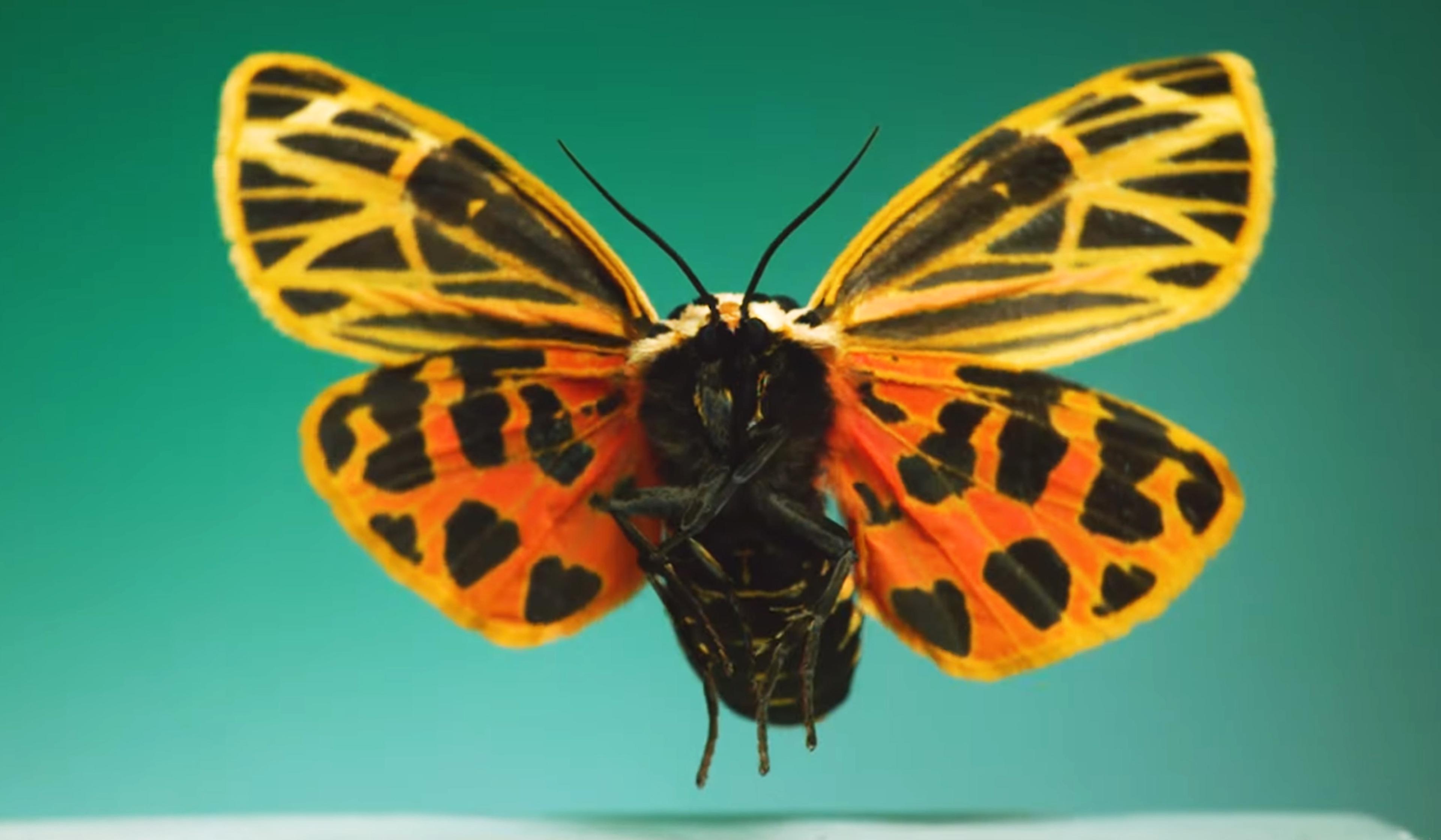Borrowing from the elegant visual style of the German-born Swiss naturalist, entomologist and botanical artist Maria Sibylla Merian (1647-1717), this animation celebrates her many notable contributions to the natural sciences in an age when such work was widely considered the domain of men. A dedicated observer of plants and insects in particular, two of her many achievements include helping to dispel the once widely held belief that insects spontaneously emerge from dust, mud or rotten meat, and observing metamorphosis in rich detail. And 300 years after her death, her seminal book, The Metamorphosis of the Insects of Suriname (1705), which depicts insects and plants in the jungles of South America, is still considered one of the most beautiful and groundbreaking entomology books ever assembled, with editions of the pioneering work being reprinted as recently as 2010.
In the jungle of Suriname, Maria Sibylla Merian discovered insect metamorphosis
Video by The Royal Society and BBC Ideas
Animation: Studio Panda
30 May 2022
videoBiology
Brilliant dots of colour form exquisite patterns in this close-up of butterfly wings
3 minutes

videoBiology
Butterflies become unrecognisable landscapes when viewed under electron microscopes
4 minutes

videoBiology
Beetles take flight at 6,000 frames per second in this perspective-shifting short
9 minutes

videoHistory of science
Insect aesthetics – long viewed as pests, in the 16th century bugs became beautiful
8 minutes

videoBiology
There’s no one way for an insect to fly, but they’re all amazing in close up and slo-mo
7 minutes

videoBiology
How insects become airborne, slowed down to a speed the human eye can appreciate
8 minutes


